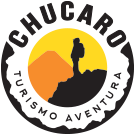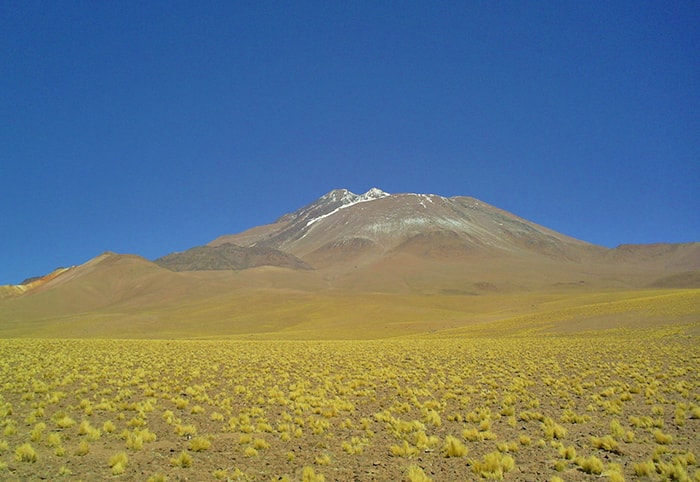- DAY 1: Departure from SPA to the Base Camp (4.600m).
- DAY 2: Base Camp to the High Camp (5.600m).
- DAY 3: High Camp to the summit (6.739m).
- DAY 4: Base Camp to SPA.
Llullaillaco Volcano

Duration: 4 days
Llullaillaco Volcano - 4 days
To receive information about our activities, fill out the form below. The CHUCARO team will respond as soon as possible.
- Acclimatization in height and talk with the guides before the ascents.
- Health compatible with physical effort in height.
- Adapt an itinerary that considers breaks before the ascents to mountains.
- Good nutrition and hydration.
(Depending on the time of year, certain equipment may vary)
- First, second and third layers.
- Trekking boots.
- Trekking poles.
- Gloves, Hat for cold.
- Sunglasses.
- Sunscreen.
- Attack Backpack or Small Backpack.
- Transport.
- Mountain guide.
- Satellite and Communication phone.
- First aid kit, Oxygen.
- Mountain feeding.
- Life insurance.
- Accident insurance (in case of accidents, the transfer will be made to the nearest medical center).
Description
The Llullaillaco Volcano, at 6,739 meters altitude, is the third highest mountain in Chile and the second largest active volcano in the world, preceded only by the Ojos del Salado volcano. Its name has different meanings, because in the Aymara language it means Hot Water, and in Quechua it means Aguada of the Engaño (water of deceit).
This giant of the region of Antofagasta began its evolution 1.8 million years ago. In its formation, two phases are recognized that are distinguishable in their current structure. The ancestral phase is present in two deeply eroded cones that still show traces of lava flows. Meanwhile, the newer phase dates from the post-glacial period and can be seen through the small, well-preserved cone that conforms to its top.
Situated at Llullaillaco National Park, about 250 km near from south of San Pedro, which means about 5 hours by the transport, depending on the road conditions, this fascinating massive place is isolated and have a difficult access, which keeps it with a relatively low profile of visitors, despite the large number of important archaeological sites that have been discovered on it.
Remained huts, roads, stairs to the top and a cemetery are the part of Inca traces founded at different altitudes of the volcano. But, no doubt, the fame that Llullaillaco has today comes from having the ceremonial ruins at the highest altitude in the world and with three mummified corpses discovered.
In 1999, an Argentine expedition supported by the National Geographic Society realized the discovery on the surroundings of a ceremonial platform located at 6.710 meters. The bodies correspond to a 15-year-old boy, a seven-year-old boy and a six-year-old girl, the last two members of noble families judging by their clothing. Along with the bodies were 36 statuettes of gold and silver, which are exhibited at the High Mountain Archeology Museum in the Argentine city of Salta. However, the bodies are in specially conditioned laboratories at the Catholic University of Salta.
Acclimatization is needed, which means, an adaptation and adjustment for this climate.

